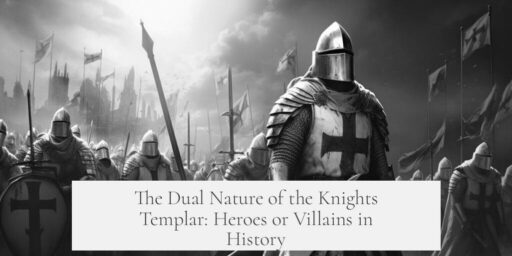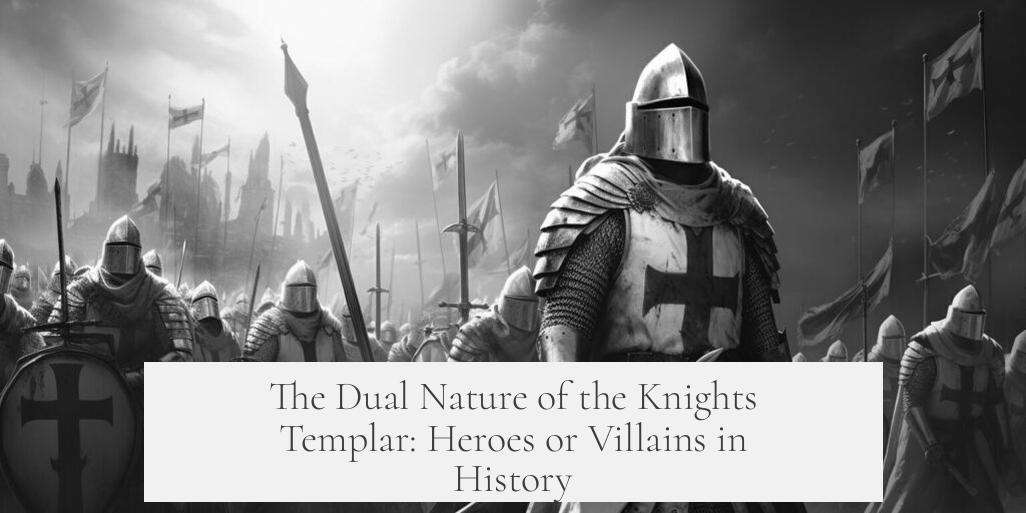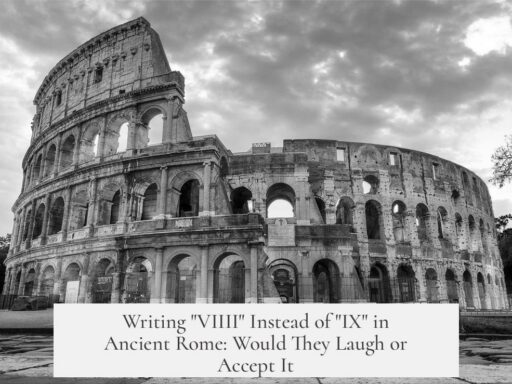The Knights Templar were a complex and contradictory force during the Crusades, showing both commendable qualities and serious flaws. They earned respect for their protection of religious minorities and tolerance, yet also developed a reputation for reckless violence and defiance. Their legacy is marked by heroic sacrifice but also by brutal fanaticism, especially in the eyes of Muslims. This article examines these differing aspects to provide a balanced view of the Templars’ general character and impact.
The Templars demonstrated notable tolerance, especially in the religiously charged environment of Jerusalem. A Muslim visitor recounted how the Templars cleared a small mosque near the al-Aqsa Mosque so he could pray peacefully. This act shows their respect toward other faiths. They intervened when a recent Frankish arrival forced the visitor to pray facing east, arguing that people should practice their faith freely. The Templars removed the aggressor and apologized, highlighting their protective attitude toward religious practices beyond Christianity.
These instances show the Templars acting as defenders of more than just their own religion. They were friends and allies to some Muslims despite the ongoing warfare. This tolerance contrasts sharply with their image as fierce warriors. Their willingness to protect a Muslim visitor’s right to worship at a Muslim site demonstrates a more nuanced approach than often stereotyped.
On the other hand, the Templars had a reputation for fanatic dedication to warfare. Unlike other crusader forces, they often operated with broad autonomy, answering directly to the Pope rather than local leadership. This led them to engage in military actions without consultation or diplomatic oversight. For example, the Templars ambushed and murdered ambassadors sent by the Assassins to negotiate a truce in Jerusalem. This event caused significant scandal and political disruption.
Muslim chroniclers described the Templars as brutally fanatic. Their attacks were indiscriminate, targeting opponents without considering political or strategic consequences. From this perspective, their bravery was perceived as extremist and dangerous. The Templars were seen as an unpredictable force, sometimes too strong and reckless compared to the regular crusader armies, whose might and bravery were often regarded as more measured and respectable.
Their military ferocity had severe consequences. After the decisive defeat at the Battle of Hattin in 1187, Saladin executed captured Templar and Hospitaller knights rather than ransoming them, as he did with other crusaders. Saladin declared an intent to “purify the land” of these “impure” knights. The executions were public and brutal. Scholars and ascetics took part in the killings, underscoring the deep animosity toward the Templars. Few survived similar battles, such as the Battle of Forbie in 1244, where only a handful of Templars lived through the carnage.
Despite their martial aggressiveness, the Templars maintained a reputation for loyalty and courage among their allies. Their unwavering commitment often translated into fighting to the death rather than surrender. This steadfastness is a key part of their legend and legacy.
It is important to note that some historical accounts come with a humorous or mocking tone, often from medieval Muslim chroniclers who joked about the “dumb” Franks. These cultural jokes reflected the tensions and misunderstandings between the crusaders and their opponents but also serve as a reminder of the subjective nature of many historical narratives.
- Templars showed genuine tolerance toward non-Christians in religious practices, protecting Muslims in Jerusalem.
- They acted as fierce warriors with significant autonomy, often ignoring diplomatic protocols.
- Muslim sources viewed them as dangerously fanatical, with indiscriminate violence fueling their negative reputation.
- Saladin executed captured Templars after key battles, symbolizing the intense enmity they inspired.
- Their courage and loyalty solidified their legendary status despite controversies.
How Good or Bad Were the Knights Templar in General?
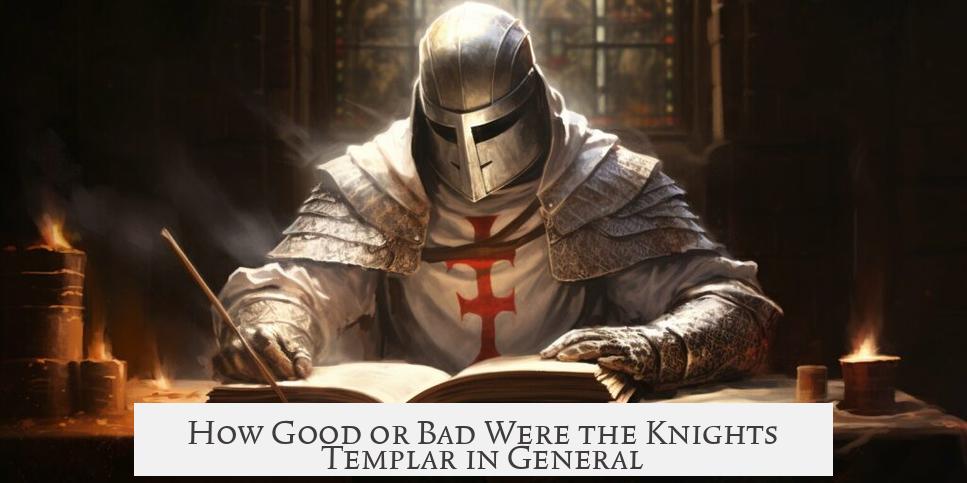
The Knights Templar were a paradox wrapped in chainmail—seen as fearless saints and ruthless warriors all at once. But how good or bad were they, really? The simple answer: they were both admirable and alarming, depending on who you asked and where you stood in history. Let’s unpack this fascinating mix of valor, fanaticism, and cultural clashes.
The Templars, officially the Poor Fellow-Soldiers of Christ and of the Temple of Solomon, first rose to fame during the Crusades as elite Christian knights guarding pilgrims and fighting Muslim forces in the Holy Land. They wielded power, faith, and swords, often all at the same time. But to get the full picture, we have to look through lenses tinted by medieval politics, religion, and downright misunderstandings.
The Muslim Perspective: Friend or Fanatic?
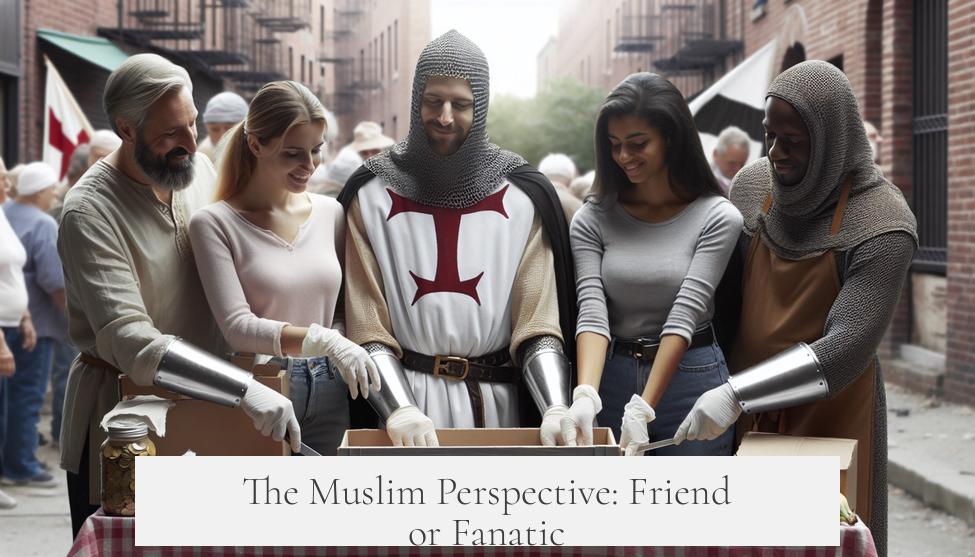
One might assume the Templars were all snarling enemies from the Muslim viewpoint. Yet, the reality is more layered.
Usama ibn Munqidh, a Muslim nobleman and diplomat, paints a surprisingly nuanced picture. When visiting Jerusalem, Usama often found the Templars friendly—or at least tolerant. He describes them clearing out a small mosque beside the famous al-Aqsa Mosque so he could pray undisturbed. Picture knights loosening their iron grip to politely reserve space for Islamic prayers in a contested city. That’s unexpected, right?
“The Templars, who are my friends… apologized to me, saying ‘This man is a stranger, just arrived from the Frankish lands.’”
This anecdote reveals cultural collisions not just between Christians and Muslims but also within the crusaders themselves. A newly arrived Frank rudely tried to force Usama to pray facing east (wrong direction according to Islamic custom), only to be removed by the Templars. Usama’s tale reads like a medieval sitcom episode, making fun of foreign ignorance much like modern “dumb blonde” jokes.
But not all Muslims saw the Templars in this charming light. Many regarded them as fanatical warriors who operated without regard for diplomacy or local leadership. For example, the Templars once ambushed and killed ambassadors from the Assassins—a scandalous move seen as reckless and disrespectful. Their reputation for brutal fanaticism was well-earned in the eyes of their Muslim adversaries. They weren’t just soldiers; they were wild cards, often acting on papal authority alone and flouting political prudence.
Bravery or Brutality? The Thin Line
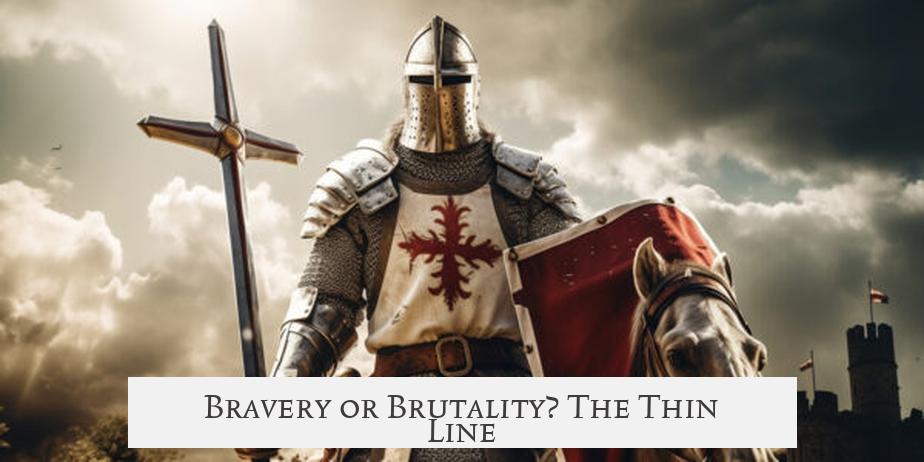
Defenders of the Templars would highlight their unmatched bravery and martial skill. They took on impossible odds and often stood as the bulwark of crusader forces. Yet, their approach to warfare sometimes seemed more brutal than chivalrous. They targeted anyone, anywhere, without much tactical or political consideration—a sword swinging wildly in all directions.
In comparison, the regular crusader armies had more traditional codes of conduct. The Templars, with their autonomous status and papal backing, were a different breed: too strong, too dangerous, and too fanatical for many contemporaries, both Muslim and Christian.
The Final Blow: Execution and Extinction
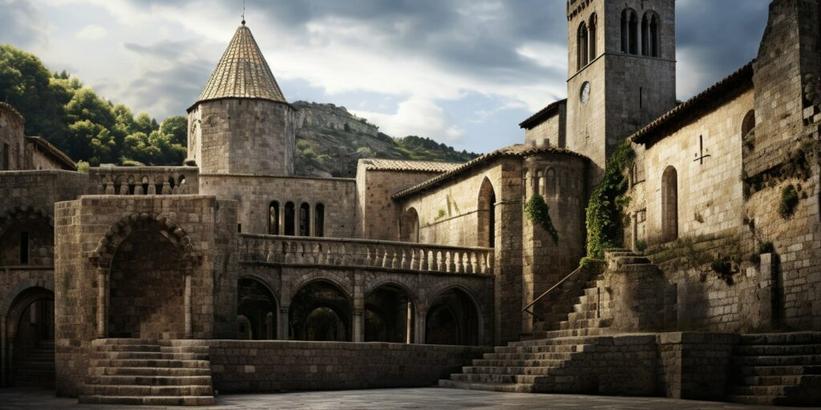
Their reputation might have been fierce, but the Templars couldn’t hold forever. The pivotal Battle of Hattin in 1187 was their undoing. Following the crushing defeat by Saladin, thousands of crusaders were captured and ransomed. The Templars? No mercy. Saladin ordered all Templar prisoners executed to “purify the land of these two impure races” (Templars and Hospitallers).
The execution was grim and public. Saladin even invited scholars and devout men to carry out the slaughter personally. It wasn’t just a military act; it was a symbolic purging. Those captured either fought to the death or were killed soon after—like at the Battle of Forbie in 1244, where few Templars lived to tell the tale.
Lessons and Legacy
So, were the Knights Templar good or bad? They were fearless defenders of their faith, often showing unexpected tolerance, yet also fanatical zealots who could brutalize without care for politics or diplomacy. Their strength and independence made them powerful but also alienated allies and enemies alike.
Personally, the Templars remind me of that friend who’s both heroic and exasperating—the one who jumps into fights with valor but sometimes forgets to check if the fight is wise. They inspire admiration for their bravery, but their reckless fanaticism also serves as a cautionary tale about blind devotion.
In the end, the Templars were neither purely heroes nor villains. They were human—full of contradictions, courage, tolerance, and cruelty. And maybe that’s what makes their story endlessly fascinating.
- Tips for Modern Readers: When thinking about the Templars, avoid all-or-nothing judgments. Think of them as complex players shaped by their time.
- Compare Historical Narratives: Reading both Christian and Muslim perspectives enriches understanding.
- Spot the Humor: Stories like Usama’s remind us history has room for jokes across cultures.
Next time you hear about the Templars, ask yourself: Were they champions of faith or reckless zealots? Or maybe a bit of both?
Q1: Were the Knights Templar tolerant toward other religions?
Yes, they showed some tolerance. They allowed Muslims to pray in certain places, like the al-Aqsa Mosque. They even protected Muslim prayers from other crusaders who were less tolerant.
Q2: Did the Templars support diplomatic efforts during the Crusades?
Not really. They often ignored diplomacy. For example, they attacked ambassadors who came for peace talks, causing scandals among the crusader states.
Q3: How did Muslims view the Templars?
Many Muslims saw them as fanatical and brutal warriors. The Templars were known to kill without much regard for politics or tactics, which made them feared and hated.
Q4: What happened to the Knights Templar after their defeat in key battles?
They were often killed or executed. After the Battle of Hattin, Saladin ordered the execution of many Templars rather than holding them prisoner, showing how hated they were.
Q5: Did the Templars follow orders from their kingdom’s leaders?
No, they acted independently. The Templars claimed to answer only to the Pope, often ignoring local rulers, which sometimes caused conflicts with their own allies.
Q6: Is there humor or cultural bias in how the Templars were viewed?
Yes. Some Muslim writings include jokes mocking the Crusaders. These reflect cultural differences and highlight the Templars as foreign and sometimes foolish in Muslim eyes.
